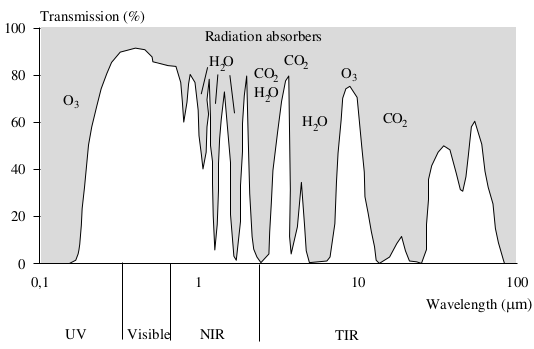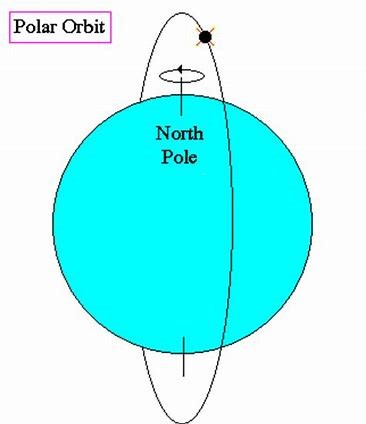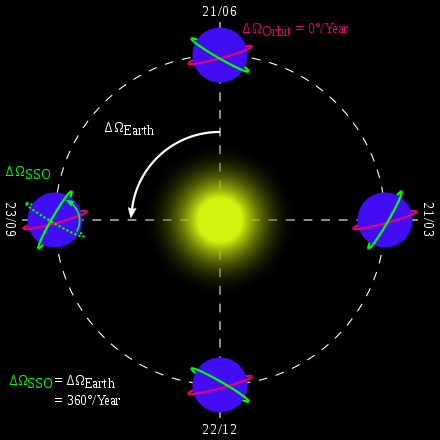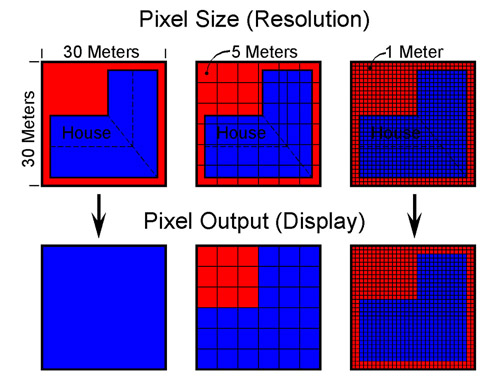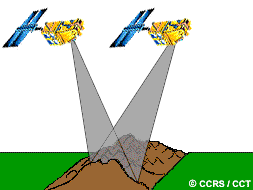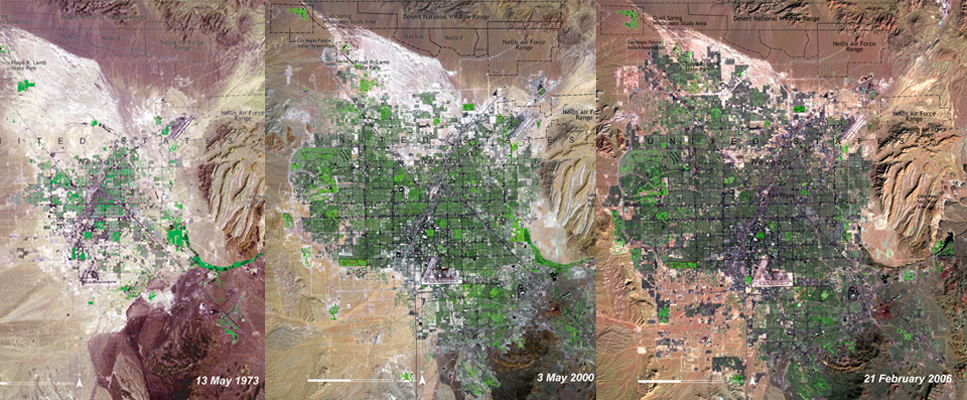The art & science of obtaining information about an object or feature without physically coming in contact with that object or feature
Remote sensing occurs by sensing & recording reflected or emitted energy and processing, analyzing, and applying that information
In our case, remote sensing is the process of inferring surface parameters from measurements of the electromagnetic radiation (EMR) from the Earth's surface


